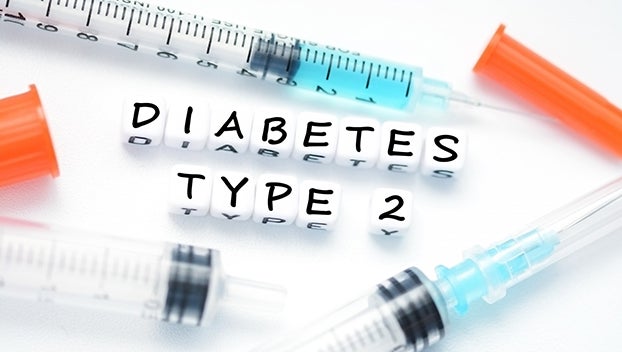HEALTHY LIVING — Type 2 diabetes, don’t miss the warning signs
Published 12:12 am Saturday, May 28, 2022
|
Getting your Trinity Audio player ready...
|
This week we are going to focus discussion on Type 2 Diabetes, as it is the most common form, striking more than 24 million people in the U.S.
Diabetes is often called “the silent killer.” The ADA says half of Americans 65 and older have prediabetes, which means that nearly 25 million seniors are at risk for developing type 2 diabetes.
That is a staggeringly high number, given that another 25 percent of the senior population already has diabetes. An issue with prediabetes, though, is there are generally no symptoms. If you are experiencing symptoms associated with diabetes, you may already have it.
The symptoms may build over time and can be attributed to other illnesses, then, by the time you are diagnosed, the disease could have progressed to a dangerous level. This includes damage to organs and blindness. Early treatment can prevent or minimize the damage.
Here are some of the common symptoms.
This is not to alarm you, but to make you watchful.
Re-occurring infections. You become immune-suppressed; your body will have trouble fighting off infections and will be susceptible to a variety of bacterial infections—such as yeast (or Candida) infections, pneumonia, urinary tract infections (UTIs), and skin rashes.
Increased urination. Individuals with type 2 diabetes have overactive kidneys working to eliminate excess glucose in the blood, and the fastest way to eliminate anything from the body is through urination. Keep in mind that this increased urine output may not only keep you up at night, it can also cause dehydration so be sure to hydrate.
Increased appetite. A ravenous appetite occurs when blood sugar levels drop dangerously and the body demands glucose to function. Oftentimes, hunger pangs will rouse you at night and keep you up until you eat something.
Unquenchable thirst. Excessive thirst often occurs with type 2 diabetes onset, signaling that your body is trying to replenish fluid levels lost due to more frequent urination, and sometimes, perspiration.
Exhaustion. General discomfort, plus the draining effects that excess glucose elimination has on the body will rob you of energy and much needed rest.
Sudden unexplained weight loss. Onset of diabetes can result in sudden and unexplained weight loss of 10 to 20 pounds in a matter of a few weeks or months’ time. This weight loss is due to a lack of calories from insulin elimination (via increased urination) and lack of insulin hormone, which provides vital energy.
Mood swings. When blood sugar is high, moods can be giddy and downright silly, but when blood sugar drops, mood can turn to irritable and downright nasty until energy stores are replenished with food.
Slow to heal. Due to blood vessel damage from increased glucose in the veins, type 2 diabetes sufferers often experience restricted blood flow. This often causes a decrease in the time needed to heal surface abrasions, bruises, cuts, skin rashes, and infections.
Numb fingers and toes. Chills, inflammation, tingling, and prickly numbness in the fingers and toes are other symptoms linked to type 2 diabetes. This discomfort occurs when excessive glucose in the body causes neuropathy (or nerve damage).
Vision problems. Eye vision is closely linked to blood sugar levels, which means when blood sugar drops, a person suffering from type 2 diabetes will experience blurred vision, floaters, and even light sensitivity. Luckily, once blood sugar is stabilized, vision will return to normal as well. But leaving blood sugar unbalanced for too long may permanently damage vision.
If you notice one or more of these symptoms, please consult with your doctor.
They will probably want to do A1C blood test and provide you with a glucometer to test your blood over a few weeks to get a reading of your high and low sugar levels.
Diabetes will not just go away on its own, but it can be managed and often reversed with proper diet, exercise and medication when needed.
Contact Jody Holton with your questions, comments or suggestions for future columns at jholton3@gt.rr.com.






